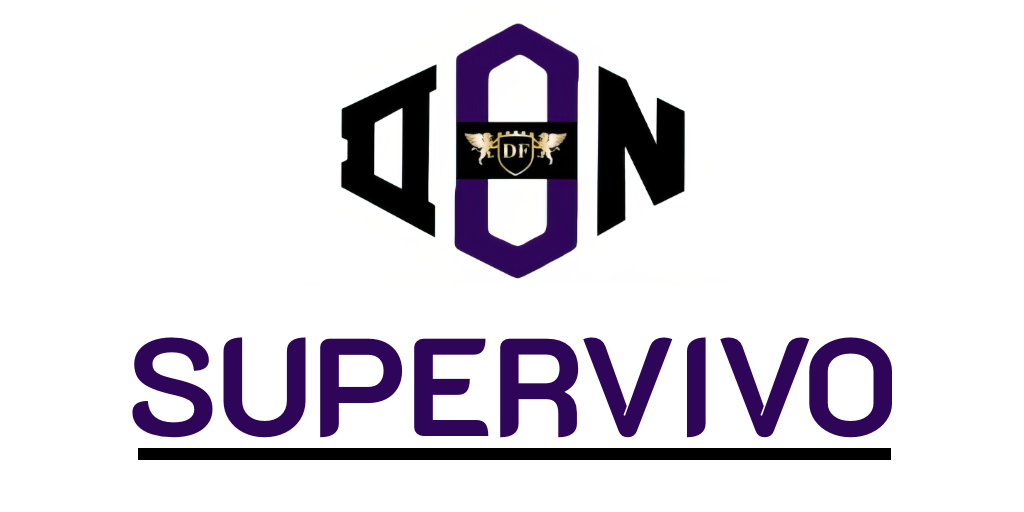In today’s fast-paced business landscape, companies are relentlessly searching for innovative ways to enhance efficiency while containing expenses. This is where Software as a Service (SaaS) comes into play. As more organisations embrace digital transformation, understanding how can SaaS solutions reduce operational costs becomes essential. By leveraging SaaS cost-saving measures, businesses can enjoy significant benefits for reducing costs, such as flexible pricing models and reduced IT overhead.
SaaS solutions provide a pathway to streamline operations traditionally hindered by expensive and complex software deployments. With subscription-based pricing and scalable functionality, these tools empower organisations to focus on growth without the financial strain of maintaining legacy systems. As we explore the transformative potential of SaaS, we’ll unveil the essential strategies that help businesses not only to survive but to thrive in an increasingly competitive environment.
Understanding SaaS and Its Impact on Business Operations
Software as a Service (SaaS) represents a transformative approach to software distribution, offering substantial advantages to businesses of all sizes. By enabling users to access applications over the internet, it eliminates many traditional barriers associated with software ownership. This cloud-based model provides a seamless experience with automatic updates and enhanced flexibility, significantly contributing to SaaS benefits for reducing costs.
The Definition of SaaS
SaaS is a delivery model where software solutions are hosted in the cloud and accessible via web browsers. Users no longer need to install applications on individual devices, reducing the need for hardware investments. This convenience allows organisations to focus more on their core activities while relying on effective SaaS operational cost management strategies to optimise their expenditure.
Why Businesses Are Transitioning to SaaS Solutions
The trend towards adopting SaaS solutions stems from various compelling reasons. Firstly, the ease of use and immediate availability of applications streamline operations significantly. Businesses benefit from reduced IT burdens as maintenance and upgrades are handled by service providers. The ability to scale easily according to changing business requirements allows organisations to grow without the constraints of traditional software. As a result, embracing SaaS not only cuts operational costs but also positions businesses for sustainable success.

How can SaaS solutions reduce operational costs?
SaaS solutions are transforming the way businesses operate, leading to substantial cost reductions. By leveraging cloud technology, companies can enjoy various key benefits that significantly lower operational expenses. Understanding these advantages is essential for any organisation looking to thrive in a competitive landscape.
Key Cost-Saving Benefits of SaaS
SaaS platforms provide numerous cost-saving benefits, making them an attractive option for modern businesses. Here are some of the most significant advantages:
- Elimination of upfront capital expenditure: Traditional software often requires hefty upfront investments for licensing and hardware. In contrast, SaaS operates on a subscription basis, freeing companies from large one-time costs.
- Diminished infrastructure maintenance: SaaS providers manage infrastructure, meaning businesses can avoid the costs associated with maintaining servers and software systems.
- Enhanced financial predictability: Subscription models offer predictable monthly expenses, aiding in budgeting and financial planning.
- Reduced software licensing fees: With SaaS, companies often pay only for what they use, allowing for more efficient spending compared to purchasing substantial licenses upfront.
These elements illustrate how SaaS changes the financial landscape for businesses. By adopting these solutions, companies can implement effective SaaS cost optimization strategies, leading to long-term savings and improved operational efficiency.
Enhanced Efficiency through Automation
In today’s fast-paced business environment, enhancing efficiency is critical for success. SaaS solutions provide organisations with the ability to automate repetitive tasks, allowing employees to concentrate on more strategic activities. By integrating various operational functions, these cloud solutions for cost efficiency effectively minimise redundancies that can drain valuable resources.
Streamlining Operations with SaaS
SaaS platforms streamline operations by offering integrated tools that enable seamless communication and collaboration. These applications often come equipped with automation features that allow for quicker turnaround times on everyday tasks. With workflows automatically managed, businesses can expect improved productivity levels, driving the overall success of the organisation.
Reducing Manpower Costs with Automated Processes
Automated processes in SaaS applications lead to significant reductions in manpower costs. By handling numerous routine tasks automatically, these solutions decrease the need for a large workforce without compromising on quality. This efficiency translates to SaaS cost-saving, allowing businesses to reallocate funds towards more impactful projects that drive growth.
Cost Management and Resource Allocation
Effective cost management and resource allocation play a pivotal role in maximising the benefits of SaaS solutions. By implementing robust SaaS operational cost management techniques, businesses can significantly reduce IT infrastructure expenses and allocate resources more efficiently. This dual advantage allows for enhanced operational flexibility and improved financial performance.
Optimising IT Infrastructure Expenses
One of the primary advantages of SaaS is its capacity to streamline IT infrastructure expenses. Traditional on-premise systems typically necessitate considerable capital investment and ongoing maintenance costs. In contrast, cloud-based services offer an opportunity for substantial savings. By transitioning to SaaS, businesses can eliminate the need for extensive hardware and reduce software licensing fees, leading to a leaner operational model and a shift towards variable costs.
Efficient Resource Allocation with Cloud Solutions
Cloud-based solutions empower organisations to adapt resources dynamically as their needs evolve. With the implementation of SaaS cost optimization strategies, companies can easily scale their service use up or down, allowing for real-time adjustments based on current demand. This agility ensures that financial and human resources are utilised efficiently, minimising waste and maximising productivity. Embracing these forward-thinking approaches allows for a more responsive and financially sound operation.
Flexibility and Scalability of SaaS Solutions
SaaS solutions offer remarkable flexibility and scalability, allowing businesses to respond efficiently to evolving market demands. As companies grow or encounter fluctuations in their operational needs, these cloud-based systems facilitate seamless adjustments. This adaptability becomes crucial for maintaining competitiveness and optimising cost structures.
Adapting to Changing Business Needs
With cloud solutions for cost efficiency, organisations can scale their usage up or down based on real-time requirements. This flexibility eliminates the burdensome need for extensive on-premises infrastructure, which often necessitates hefty investments. As a result, businesses benefit from significant SaaS benefits for reducing costs while gaining access to advanced features and increased functionality on an as-needed basis.
Businesses that have embraced these flexible solutions report enhanced responsiveness to market shifts. For instance, a retail company can quickly expand its software capabilities during peak seasons without significant delays or financial strain. Such examples illustrate how the right SaaS tools can transform operational agility into a competitive advantage.
SaaS Cost Optimisation Strategies for Businesses
Effective utilisation of SaaS solutions can significantly contribute to SaaS cost-saving, but it requires a strategic approach. One of the foremost considerations should be the selection of the right SaaS providers. By evaluating various options and opting for providers that offer features aligned with organisational needs, businesses can enhance their operational efficiency while curtailing unnecessary expenditures.
Regularly reviewing subscription plans is another crucial component of SaaS cost optimisation strategies. This involves assessing the current usage and determining if existing plans are the best fit for the business’s needs. By adapting subscription levels based on actual usage rather than initial assumptions, companies can avoid overspending and ensure they achieve optimum value from their investments.
Moreover, integrating various SaaS applications can lead to further efficiencies and enhance collaboration across teams. A comprehensive approach to managing SaaS resources allows businesses to monitor usage patterns better, enabling proactive adjustments to licensing and subscriptions. These practices not only support sustained operational efficiencies but also lead to notable cost reductions, ultimately bolstering the overall financial health of the organisation.









